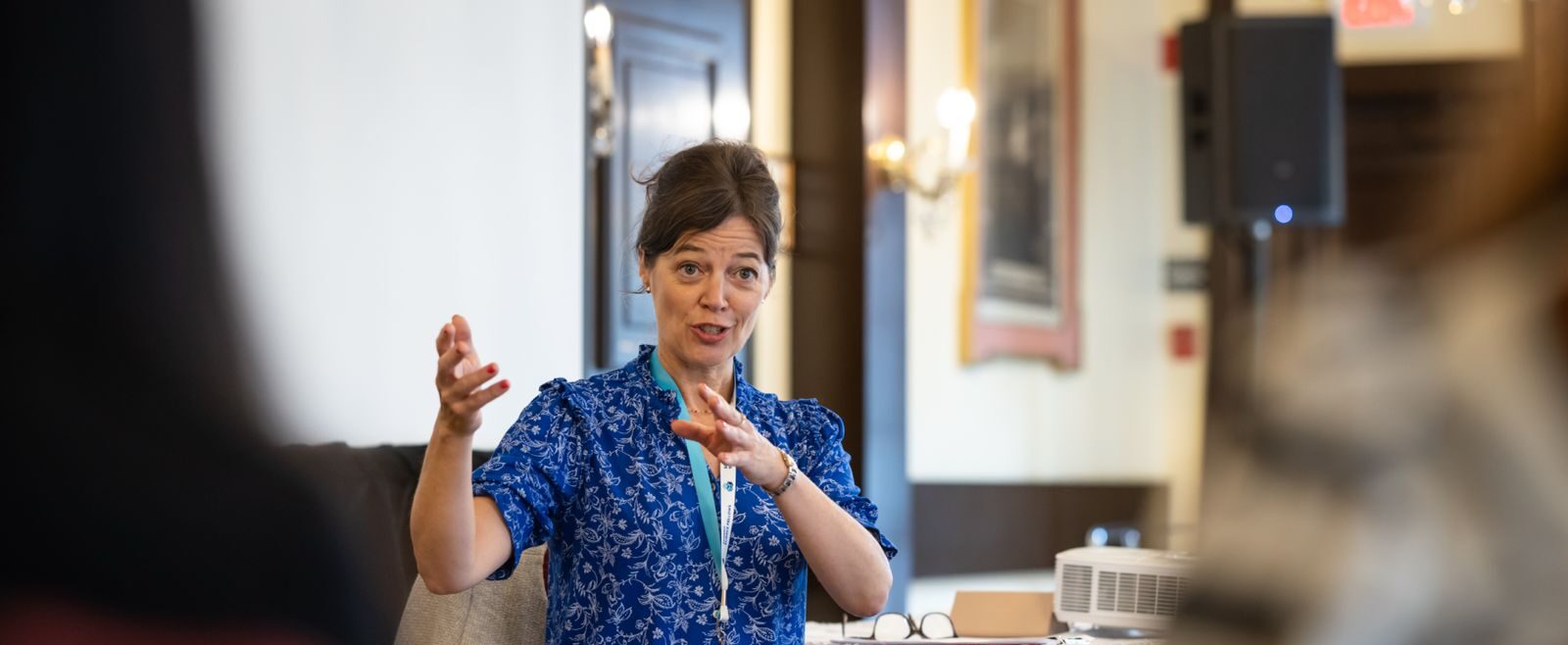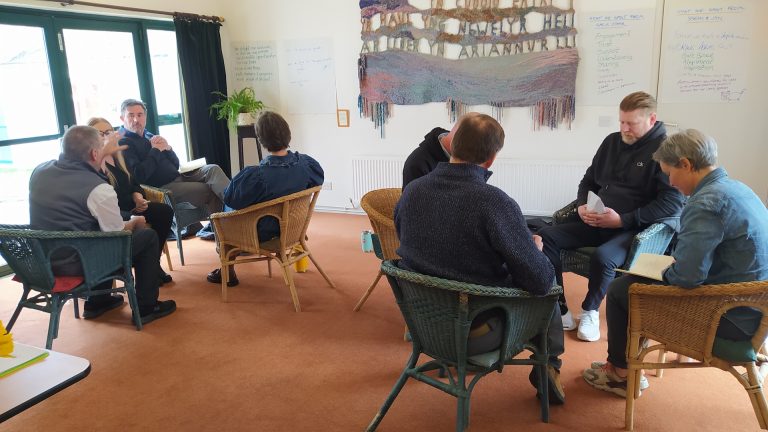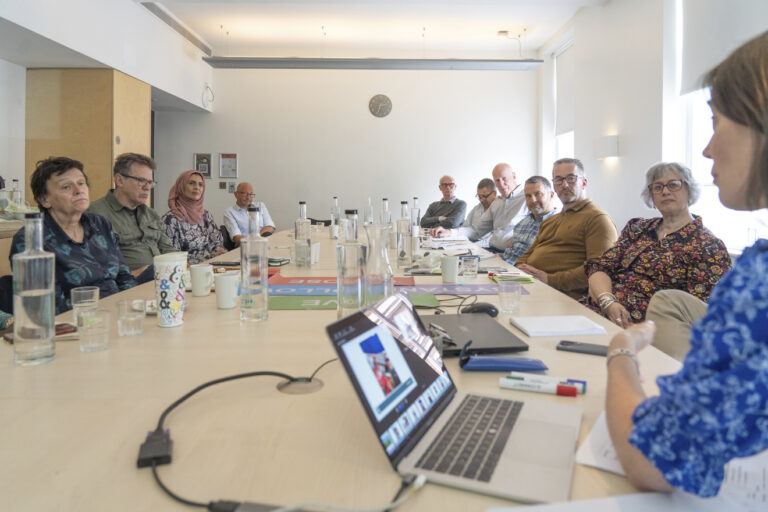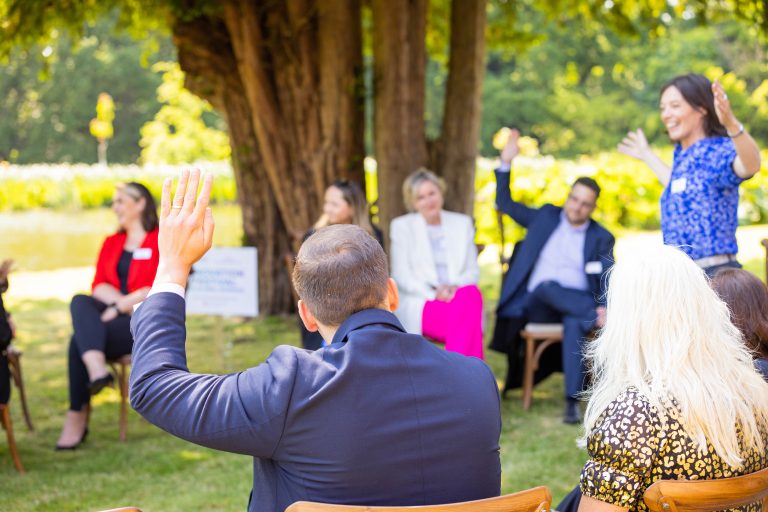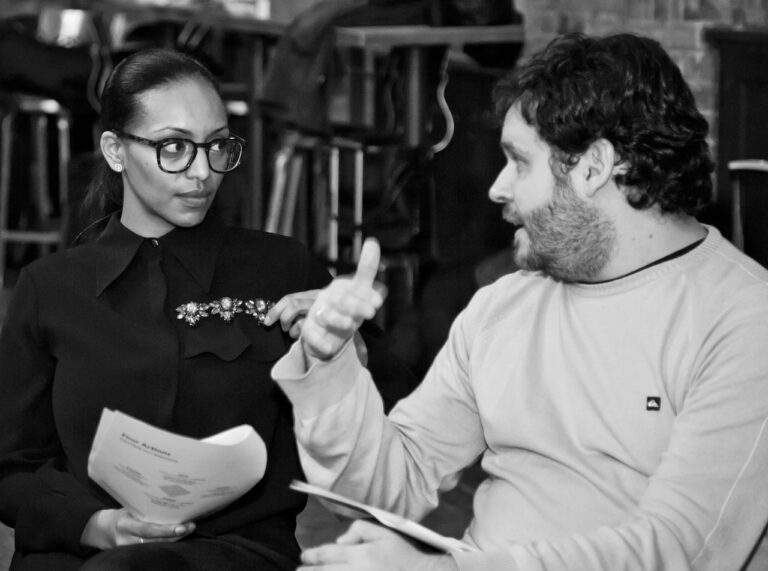“Real dialogue is where two or more people become willing to suspend their certainty in each other’s presence.”
David Bohm, physicist.
It was a pinch-me moment to be in Toronto this month teaching dialogue skills to the Schmidt Science Fellows. Why would scientists even consider let alone invest in this approach? It’s made me reflect on the role that fostering quality dialogue and navigating challenging conversations have in the scientific community and in international settings.
The Schmidt Science Fellows is a prestigious STEM (Science, technology, engineering and mathematics) postdoctoral fellowship awarded annually since 2018. Former Google chairman and CEO Eric Schmidt and his wife Wendy Schmidt fund the fellowship award. The program invites a select group of the world’s leading science and engineering institutions to nominate their ‘most exceptional’ PhD students who are then assessed against rigorous selection criteria. These include extraordinary achievement, scientific curiosity, collaborative spirit, and an ambition for social good. No wonder I enjoyed meeting them so much.
The atmosphere in the room had an echo of being at Saïd Business School, University of Oxford the month before when I’d taught dialogue skills on the Advanced Management and Leadership (AMLP) programme. Among the 47 senior leaders, there were 26 nationalities. The atmosphere in both rooms hummed with humour, diversity of viewpoints and incisive questions. When people rooted in distinct geographies and diverse cultural landscapes come together to talk, there is a richness that I don’t experience in a mono-cultural setting.
Managing challenging conversations
Enabling the Fellows and AMLP leaders to listen actively, speak authentically, ask genuine questions and find a way forward together has been truly fulfilling. Many of us never learnt these tools in our family of origin or indeed anywhere else. Without some skill in dialogue, colleagues get stuck taking sides or they fall into the trap of talking tough, talking nice or not talking at all. Even the brightest of minds benefit from having some tools for navigating challenging conversations whether in the office, laboratory or a hybrid work setting.
As I said in a recent interview for Think Global People magazine:
“Cultural differences and hybrid working mean effective communication is extremely important, but issues can become even more complicated if some team members are working in-person while others are online.”
Authentic dialogue – where people discuss what really matters – can be tricky for any team but there are further complications in international settings. Additional challenges include:
• Degrees of directness. Some cultures are more comfortable with naming issues in a straightforward way. I’ve worked with many Dutch colleagues over the years and have come to value their direct approach as I know where I stand. By contrast, several clients over the years have taken me to one side and asked what the British really mean when being ‘diplomatic’ has replaced naming a hard truth. Seeing the upside of an ‘unfiltered’ comment or ‘decoding’ what’s really being said can keep a dialogue on track rather than make it derail.
• Different attitudes towards hierarchy. In a more formal culture, it can be important that the most senior person speaks first or sits in a particular seat. In more informal cultures, the dialogue might flow more freely but could be at risk of being dominated by the more extroverted chatty individuals. Having some ground rules, such as roughly equal airtime, can help multi-cultural teams to value each person’s voice.
• Diverse concepts of time. In some cultures, having some informal time to build relationships or to ask about family beforehand is really important. People from other cultures want to roll up their sleeves and get down to business straight away. In international settings, having a ‘check-in’ where each person gets to speak in response to a question such as ‘What would be a great outcome for this meeting’ helps everyone to ‘land’ and be present no matter which geography they’re from.
• Time zone differences. Teams that are located across continents can make in-person conversations tricky to schedule (even video-based calls.) One colleague might be feeling perky and ready to start their day; another colleague could be tired and ready to pack up. Being sensitive to people’s energy levels and keeping conversations focused, for example by having a clear purpose and flow, can make all the difference.
The benefits of authentic dialogue
The good news is that there are many benefits to fostering authentic dialogue when international leaders and managers find ways to deal with these challenges. These include:
• Building rapport. Applying active listening, bringing genuine curiosity, and asking open-ended questions builds trust and shared understanding.
• Problem solving. When leaders create a supportive and non-judgmental atmosphere, people feel able to express their concerns without fear of negative consequences. Instead of issues festering, things that matter are discussed.
• Enhanced performance. Research has shown that effective dialogue in teams correlates with positive outcomes, such as profitability, customer satisfaction ratings and better 360-degree feedback results.
• Greater wellbeing. When people are able to discuss what really matters, they feel better. It might involve some momentary discomfort but this is well worth the satisfaction of seeing situations resolved and relationships strengthened.
• A sense of belonging. Creating inclusive environments where each person feels respected and valued means that people will bring their best energy and participate fully in conversations. For leaders managing international teams this can be even more important as the whole team might be together in-person only rarely if at all.
You can read the full article, Leading change through dialogue with an international mindset, in the summer 2024 edition of Think Global People magazine here
Photo by Claudine Gossett
